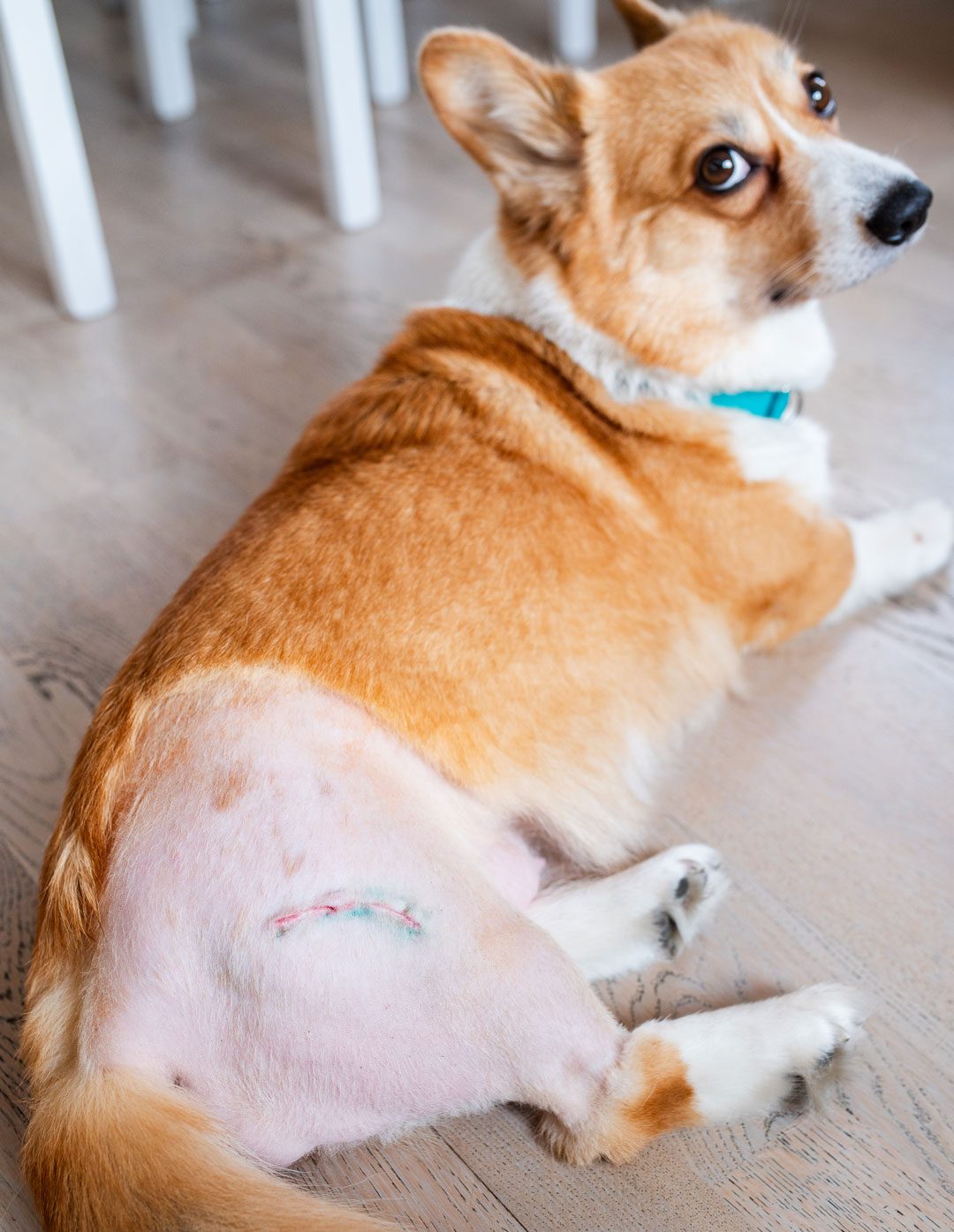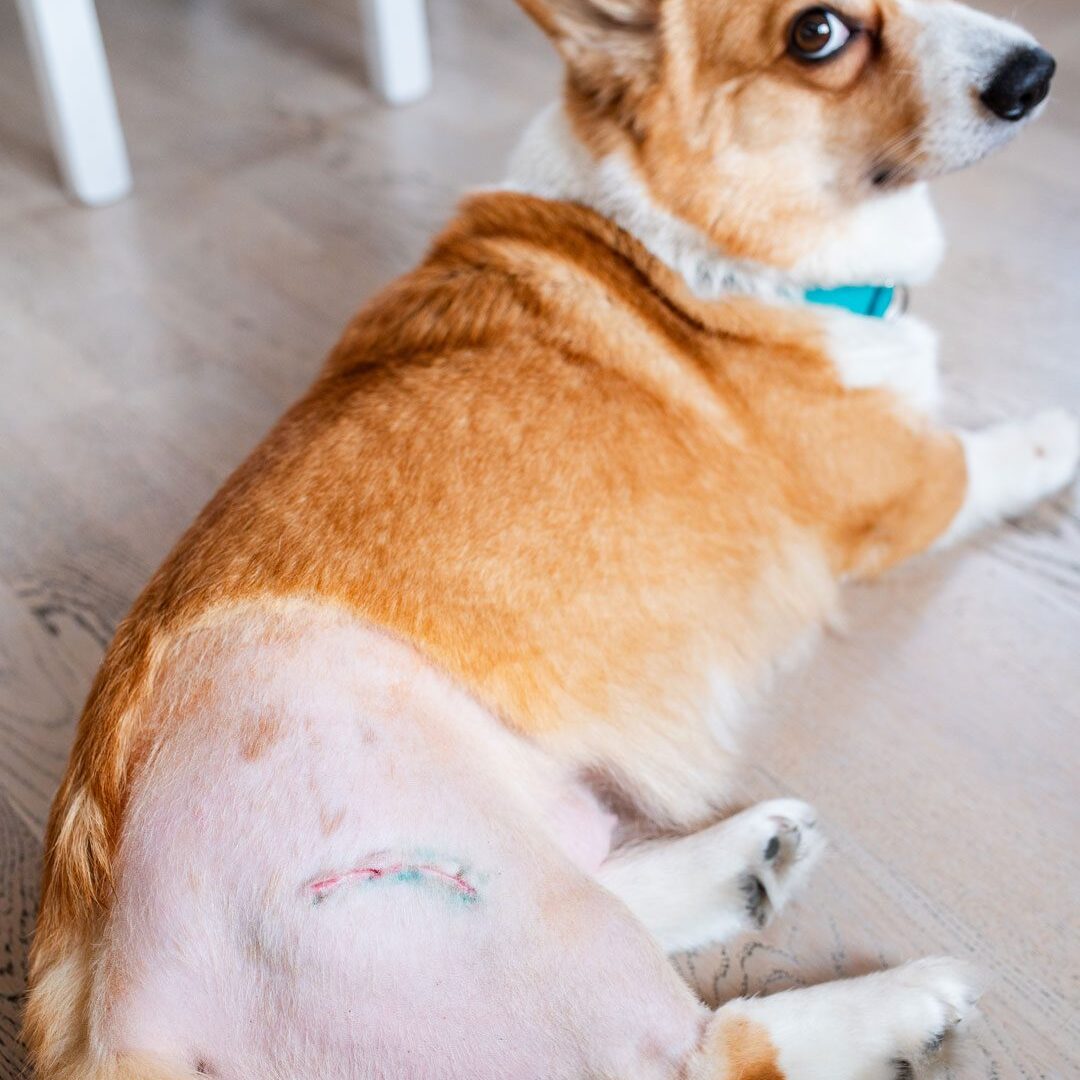Canine hip dysplasia is a painful, progressive joint condition that can dramatically affect a pet’s comfort, mobility, and quality of life. While referral to a specialty hospital may seem like the only path forward, we bring advanced orthopedic treatment options, like femoral head ostectomy (FHO) and hip denervation, directly to your clinic.


Understanding Hip Dysplasia in Pets
Hip dysplasia occurs when the head of the femur fails to stay positioned in the acetabulum, leading to joint instability, inflammation, and eventual osteoarthritis. It often presents in young, large-breed dogs but can affect pets of any size or age, due to genetics, musculoskeletal development, diet, or other environmental factors.
Hip dysplasia signs include:
- Difficulty standing or rising
- Decreased activity or reluctance to exercise
- Limping or lameness in the hind legs
- Loss of muscle mass in the hindquarters
- Pain when the hips are touched or manipulated
Surgical Treatment Options for Hip Dysplasia
In some cases, total hip replacement (THR) may be considered the gold standard. However, THRs are cost-prohibitive, require referral to a specialty center, and are not always appropriate for every pet. FHOs and hip denervation offer effective alternatives that can be performed in your clinic without sacrificing quality of care.
